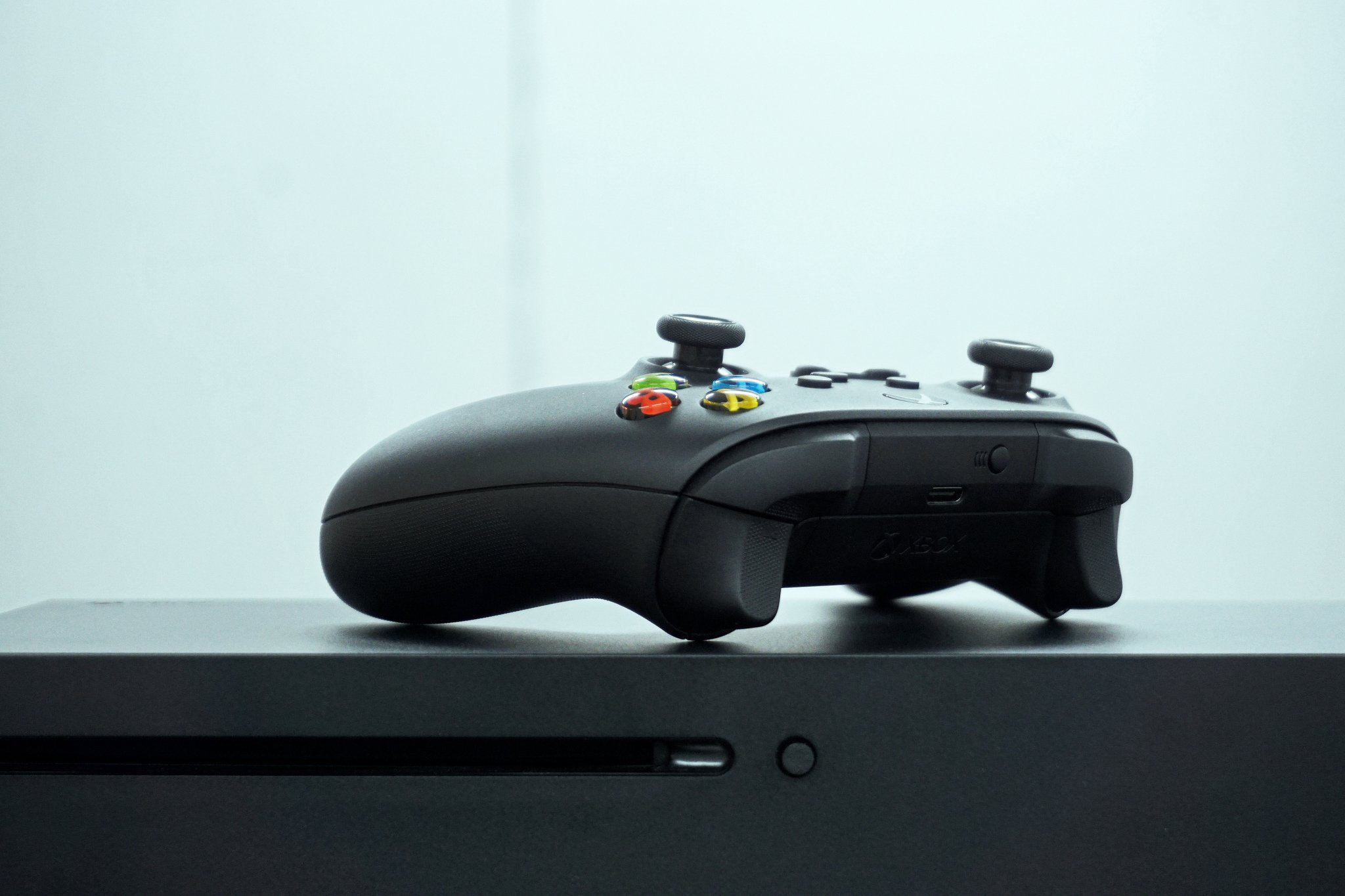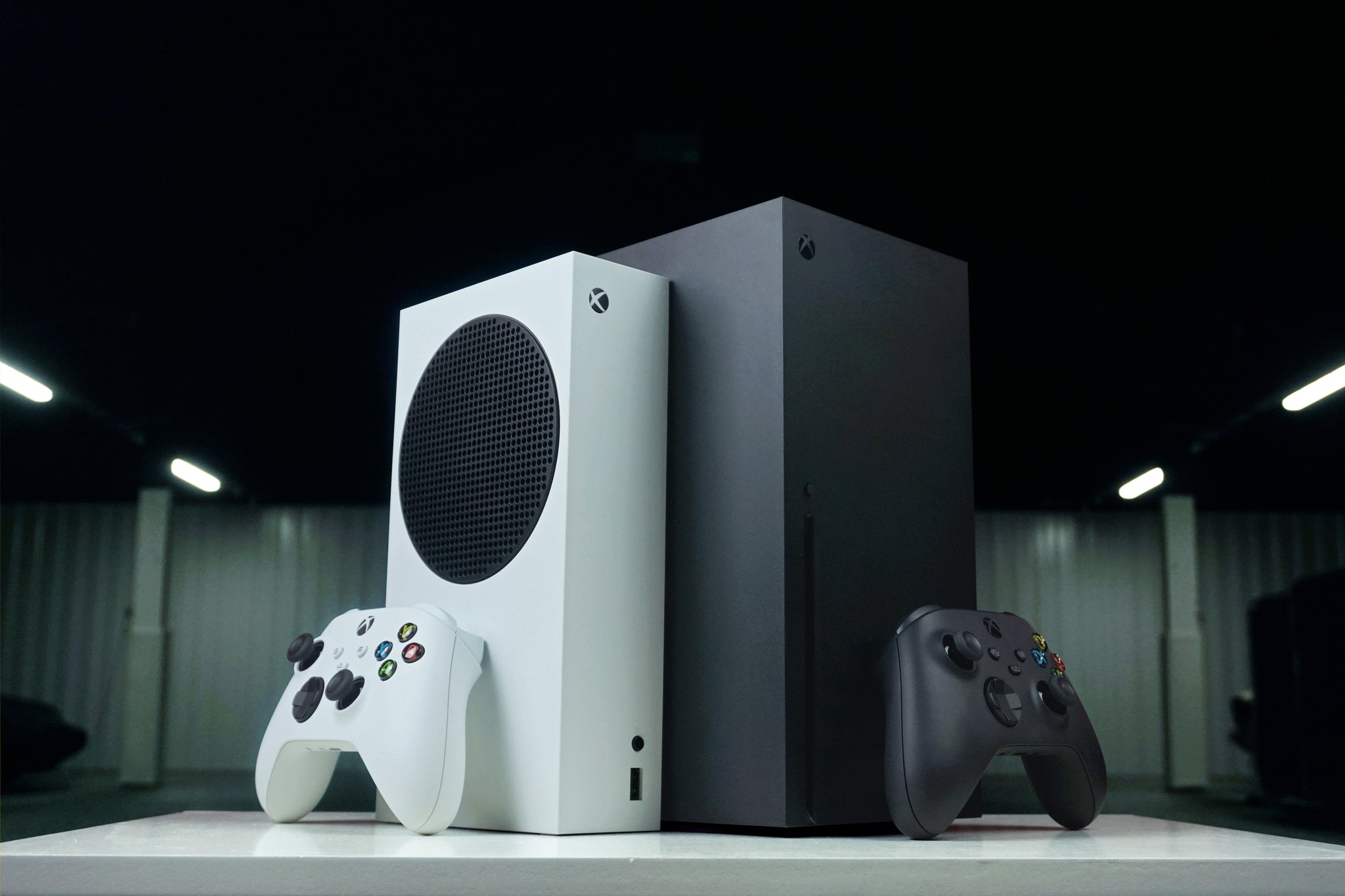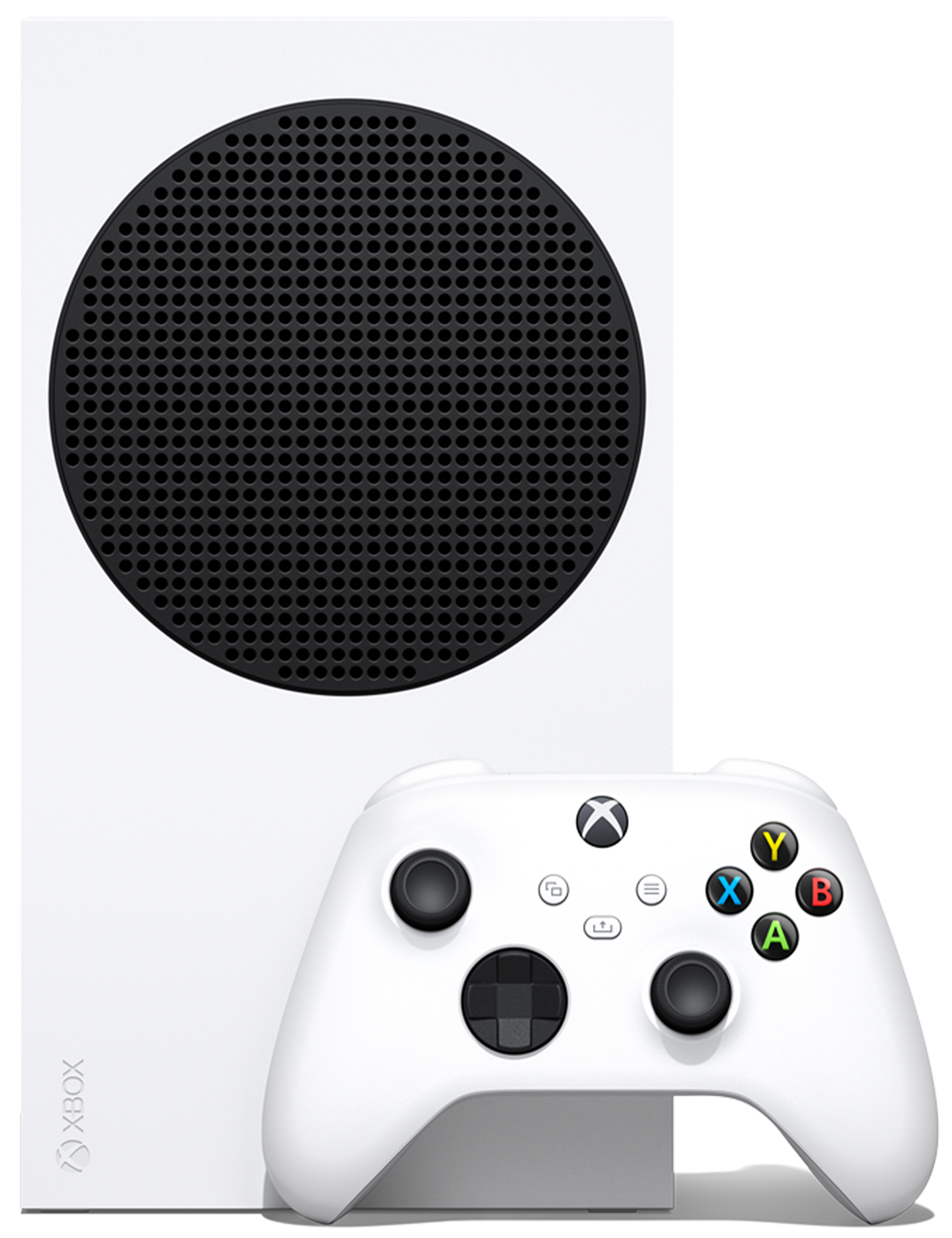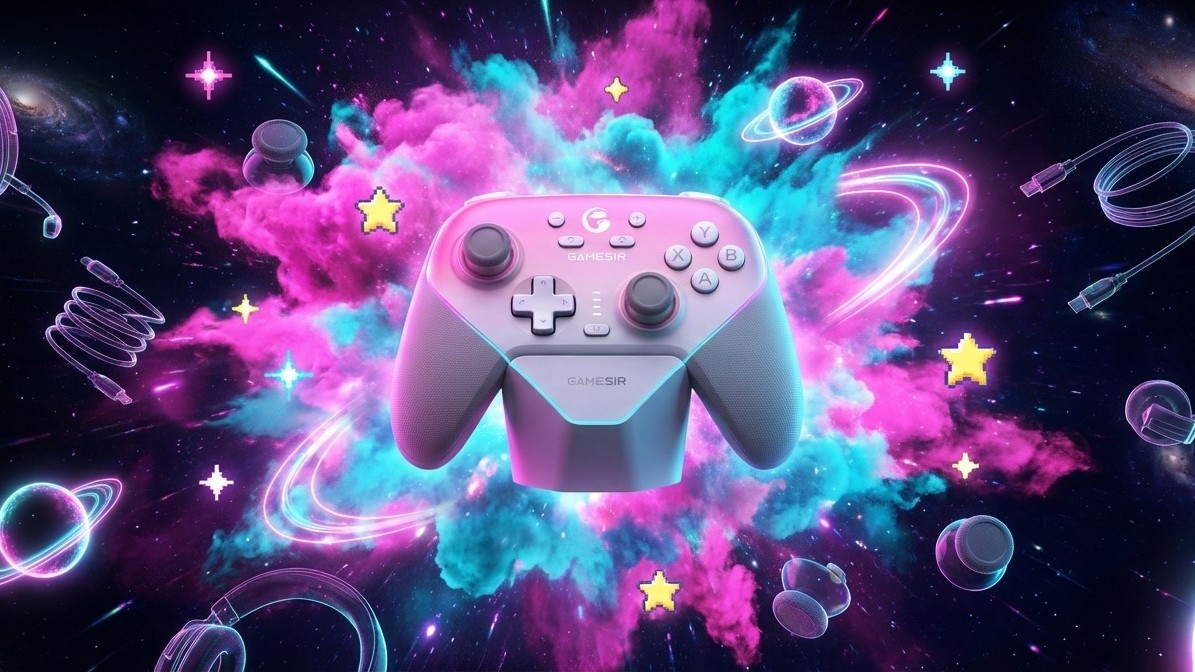Can the Xbox Series X, Series S replace your Xbox One for TV?
Is the Xbox Series X and Xbox Series S a suitable replacement for those using the Xbox One as a TV box?


When Microsoft unveiled the Xbox One back in 2013, it positioned the device as more than just a games console. Microsoft wanted Xbox One to be you the center of your living room, for TV and movies, in addition to gaming. In fact, it was so driven by this vision that the name "Xbox One" was chosen because of it. The console was supposed to be your "all-in-one" TV box, but this position would prove disastrous for Xbox, as gamers refuted the idea and flocked to PlayStation as a result.
Microsoft spent many months after the unveiling of the Xbox One walking back its vision for the console, promising gamers that Xbox was still 100% about the games. But, it was clear that Microsoft had a different vision in mind, one that it was never truly able to realize. That said, the console still launched with its TV and movie integrations in-tact, and there were some of us who even bought into that premise.

To the small group of people who did make the Xbox One the center of their living room, the announcement of the Xbox Series X and Xbox Series S was somewhat of a disappointment, which was the opposite of the mainstream's response to the consoles. Microsoft was clearly done with its all-inclusive vision for the console by removing the HDMI-in port and the ability to use the console as a TV box.
The new consoles also don't support Kinect, meaning you no longer have the ability to use on-console voice commands, and there's no longer a built-in IR blaster for things like TV control. Microsoft has been clear from the beginning; this new generation of consoles is all about the games, and everything else it can do come second. But, it can still do other things.
I know there are people out there who bought in to Microsoft's original vision for the Xbox One, and are looking at the Xbox Series X or Xbox Series S and wondering whether they can upgrade without losing the "all-in-one" aspect of the box in their living. This review is not about the games, this is about the Xbox Series X as a replacement for the TV setup that Xbox One had.
Shape and size

Starting with the external chassis of the Xbox Series X, it's an "unusual" shape for a TV box, and that's because it's designed for optimal heat exhaustion, since it's a super-powerful box designed to drive 4K gaming at a smooth 60 frames-per-second (FPS) at launch. But none of that matters when you're just trying to watch a movie.
The shape of the console can be troublesome depending on your TV stand. For example, my TV stand has shelves designed for more traditional TV and console-sized boxes, meaning my Xbox Series X doesn't in the TV stand in either horizontal or vertical orientations. I've had to sit the console on a bookshelf next to my TV stand instead.
All the latest news, reviews, and guides for Windows and Xbox diehards.
Even if you did have a TV stand with shelves large enough to fit the console in the horizontal orientation, you need to make sure the console has an optimum amount of breathing room, so it does not overheat. When gaming, the console gets very warm, which is by design, so you're not going to want to have the box in an enclosed space with nowhere for the heat to go.
The Series X design is bold, and not necessarily TV cabinet friendly.
Looks are subjective, of course. But, for a box I'm trying to use as an all-in-one TV hub, I don't think it's very pretty. It makes a statement for sure, and as a gaming console I think it's best looking out of the new generation of consoles, but my all-time favorite console design is the Xbox One X, due to its small, low profile, and the Xbox Series X certainly isn't that. There is the Xbox Series S, which is shaped much more like a traditional console, without the Blu-ray player or 4K gaming. Deal-breakers for many.
The good news is that because of how the Xbox Series X is designed, it's whisper-quiet even when gaming. You won't hear this console's fans unless you're really pushing its limit, which you won't be if you're just watching TV or movies. Still, it's nice to know that the console won't blast fan noise when you do decide to play a game.
TV capabilities: what remains?

So, let's talk about what the Xbox Series X can still do as a TV box. It's running the same OS as the Xbox One, and all of the third-party TV, movie, and music streaming apps that worked on Xbox One continue to work on Xbox Series X and Xbox Series S. That includes services like Netflix, Amazon Prime Video, Hulu, HBO, Spotify, and any other streaming apps you use on your Xbox One today. Apple TV also arrives this November.
The differences come in the form of Microsoft's own TV support. On Xbox One, the console came pre-loaded with an app called "OneGuide" which acted as the place where you'd go to watch TV either via the HDMI passthrough built into the Xbox One or via a dedicated Xbox One TV Antenna sold in select markets.
On Xbox Series X and Xbox Series S, the OneGuide app is no longer installed. It's just not there, and it's not something you can install via the Microsoft Store either. It's gone because there's no HDMI passthrough anymore, eliminating its need to exist. That's the biggest kicker here. If you used the Xbox One and OneGuide for your TV cable box, that functionality is outright gone.
HDMI passthrough and OneGuide are gone, meaning you can't use the Xbox Series S/X as your cable TV box.
This means that if you plan to use the Xbox Series X as your main TV and movie center, you'll have to rely on streaming services instead of your own cable box. More and more people today are cutting out cable from their lives, so perhaps it isn't as big of a deal as it may have been a few years ago. That's down to you to decide.
Not even the official Xbox One Digital TV Tuner (or an equivalent from third-parties) works. Because the OneGuide app is gone, the protocols built to handle setting up the TV just aren't part of the OS on Xbox Series X. So, for anyone looking to use the Xbox Series S/X as their TV box either through cable or OTA TV, you're out of luck.
I will say that because the Xbox Series X and Xbox Series S are boosted in RAM, with a more powerful processor, and SSD storage, launching and switching between apps is almost instant. It's so much faster than on the Xbox One X, meaning you can get to your games and video content quicker. On my console, I have a group dedicated to streaming apps which I have at the top of my dashboard for easy access. It works great.
TV control

On Xbox One X and Xbox One S, the console had an IR receiver and blaster built right in, allowing you to control appliances such as your TV and soundbar with the Xbox One controller or an Xbox media remote. This made things such as turning console and appliances on and off together easy, as the Xbox did all the work.
The Xbox Series X and Xbox Series S retain the IR receivers, but they no longer have an IR blaster built-in. That means the console can take IR commands but doesn't dish them back out using IR. Instead, it uses something called HDMI-CEC to send those commands to your TV and soundbar. In my testing, it more or less works the same. In fact, it might even be a little faster and more reliable.
However, the downside to HDMI-CEC is that you need to have appliances that are compatible with it. Not every TV out there is, but most modern TVs do have it. It's not a new technology; the PlayStation 4 and Xbox One X had it built-in. But, I'd recommend you check with your TV manufacturer just in case.
Because there's no OneGuide or IR blaster, the settings for those things are no longer present in the Settings app. There's now a new "device control" area under "TV and display" options, which lets you enable or disable HDMI-CEC support. Once enabled, you have the ability to turn on and off the following:
- Console turns on other devices
- Console turns off other devices
- Other devices can turn console off
- Console sends volume commands
So, you don't lose any TV control functionality moving from the IR blaster on Xbox One to HDMI-CEC on Xbox Series X, as long as you have a TV that supports it. Microsoft's promise of all Xbox One accessories being compatible with Xbox Series X extends to Xbox One media remotes too. Whether you're using the official Xbox One Media Remote or a third-party one from the likes of PDP, they all work just fine on Xbox Series X.
Power consumption

Xbox Series X is a powerful console, but that doesn't mean it draws more power. In fact, because of the more efficient chip, the console uses about half the wattage compared to an Xbox One X when in standby mode. When idle, the Xbox Series X uses around 42W, which is down from the Xbox One X's 48W usage.
Across the board, the Xbox Series X is a more power-efficient console, so for those of you who keep an eye on power consumption in your home, moving to an Xbox Series X or Xbox Series S will yield improvements, in minor and major ways depending on what you're doing on the console. Digital Foundry has an excellent breakdown that I suggest you check out if you want to know more.
Conclusion

Overall, the Xbox Series X and Series S are a clear step backward when it comes to being your "all-in-one" box in the living room. Microsoft had a clear vision of taking over the living room with Xbox One, but that's no longer part of Microsoft's grand plan with this latest generation of consoles. Instead, Microsoft wants the Xbox to go back to being all about the games, like the Xbox 360 and original Xbox before it.
As a games console, the Xbox Series X is the best out there. And, it can still do most TV and movie stuff. But you do have to rely on third-party apps instead of Microsoft's own built-in TV guide and capabilities. A lot of people don't have cable anymore anyway, and now use dedicated streaming apps from Amazon, Netflix, and Apple. You can even reprogram the OneGuide button on an Xbox media remote to open an app of your choice.
That said, when it comes to the Digital TV Tuners, there's no technical reason why Microsoft couldn't re-enable them on Xbox Series X or S in the future. All they need is the OneGuide app, and Microsoft could make it an optional download from the Microsoft Store if enough people ask. But, the days of using the console as a TV box via the HDMI passthrough are gone, and I don't see that coming back soon.

The full next-generation experience.
Xbox Series X is Microsoft's new flagship, as its most powerful console with over 12TF GPU performance and a custom SSD. It boasts up to 4K resolution and 120 FPS, full backward compatibility across four generations, and ray-tracing support.


